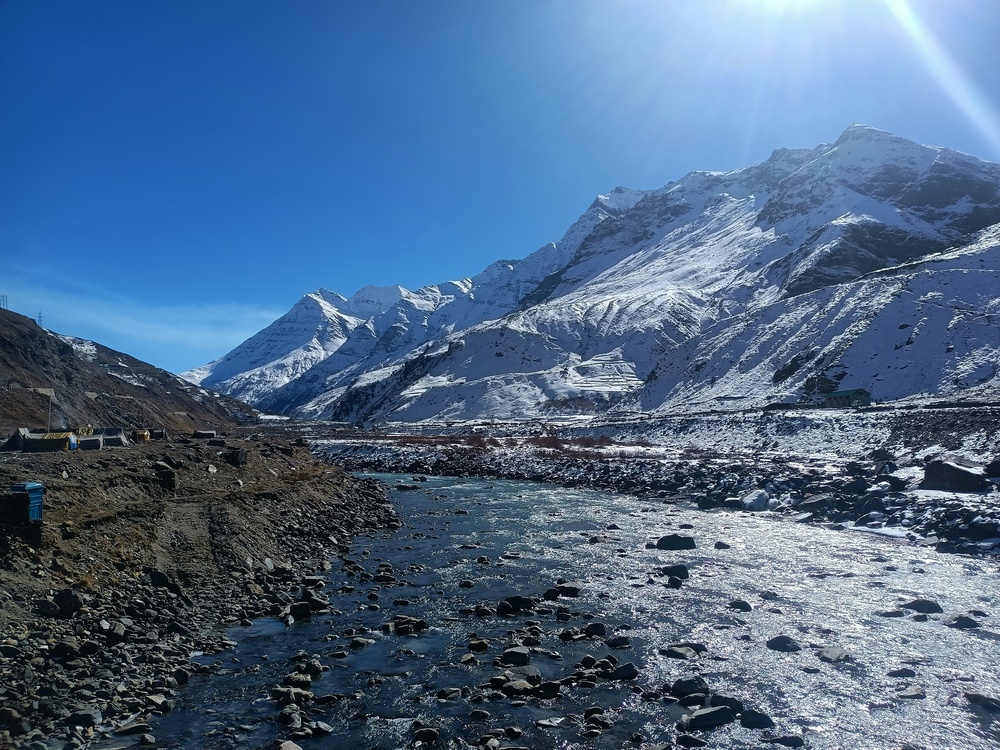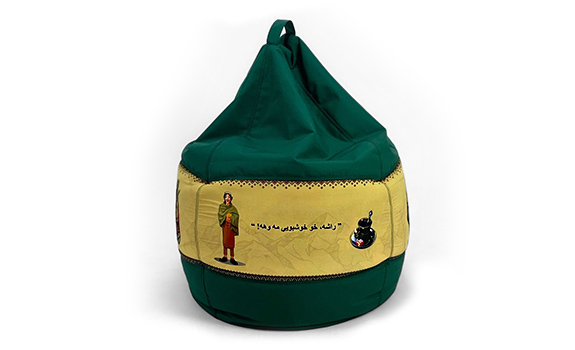Trekking in India offers an unmatched blend of adventure, scenic beauty, and cultural richness. With terrain that ranges from the lofty peaks of the Himalayas to the lush greenery of the Western Ghats and the wild trails of the Northeast, India is a paradise for trekkers. Whether you are a beginner or an experienced adventurer, India has something to offer every kind of trekker. In this complete guide, we’ll explore the best trekking routes in India, the ideal seasons to embark on these journeys, and some essential tips to make your adventure safe and enjoyable.
Best Trekking Routes in India
1. Hampta Pass Trek (Himachal Pradesh)
- Level: Easy to Moderate
- Duration: 4–5 Days
- Altitude: 14,100 ft
This popular crossover trek connects the lush Kullu Valley with the stark landscapes of Spiti. You’ll trek through meadows, pine forests, and glacial valleys—perfect for those new to trekking in India.
2. Roopkund Trek (Uttarakhand)
- Level: Moderate to Difficult
- Duration: 7–9 Days
- Altitude: 16,499 ft
Famous for the mysterious skeletal remains near the glacial lake, this trek takes you through alpine meadows, snowy ridges, and panoramic Himalayan views.
3. Goechala Trek (Sikkim)
- Level: Moderate to Difficult
- Duration: 8–11 Days
- Altitude: 15,100 ft
Offering incredible views of Mt. Kanchenjunga, this trail is perfect for seasoned trekkers looking for a dramatic Himalayan experience.
4. Valley of Flowers Trek (Uttarakhand)
- Level: Easy to Moderate
- Duration: 6 Days
- Altitude: 14,100 ft
Ideal for nature lovers, this trek leads you into a UNESCO World Heritage Site covered with hundreds of varieties of blooming alpine flowers.
5. Tarsar Marsar Trek (Kashmir)
- Level: Moderate
- Duration: 7 Days
- Altitude: 13,000 ft
Less commercial and more serene, this trek includes breathtaking alpine lakes, meadows, and remote shepherd settlements in the Kashmir Valley.
6. Sandakphu Trek (West Bengal)
- Level: Easy to Moderate
- Duration: 6–8 Days
- Altitude: 11,941 ft
This trek along the Indo-Nepal border offers panoramic views of four of the world’s five highest peaks—Everest, Kanchenjunga, Lhotse, and Makalu.
7. Kudremukh Trek (Karnataka)
- Level: Moderate
- Duration: 2 Days
- Altitude: 6,214 ft
In the Western Ghats, this trail is perfect for short getaways in South India. The rolling hills and rich biodiversity make it an excellent offbeat choice.
Best Seasons for Trekking in India
India’s diverse geography means trekking is a year-round possibility—you just need to choose the right region based on the season.
- Summer (April to June)
Ideal for Himalayan treks like Goechala, Roopkund, and Har Ki Dun. Snow melts, and trails become accessible while still offering cool weather. - Monsoon (July to September)
Great for treks like Valley of Flowers and Kashmir’s alpine treks. Avoid most Himalayan routes during heavy rains due to landslides. - Autumn (September to November)
One of the best seasons overall. Clear skies and great visibility make this perfect for high-altitude treks across the Himalayas and Northeast. - Winter (December to February)
Great for snow treks like Kedarkantha, Brahmatal, and the famous Chadar Trek in Ladakh. Only suitable for experienced trekkers or those with guides.
Essential Trekking Tips
1. Physical Preparation
Train your body with cardio workouts, walking, and hill climbs at least a month before your trek. Stamina and lung capacity are essential, especially for high-altitude treks.
2. Acclimatize Properly
Altitude sickness is a real threat. Spend a day or two at a higher altitude before starting the trek and ascend slowly. Hydration is key.
3. Pack Smartly
Only carry what is necessary. Essentials include:
- Sturdy, waterproof trekking shoes
- Layered clothing for unpredictable weather
- A good-quality backpack with rain cover
- Sleeping bag and mat (for overnight treks)
- Water bottles, purification tablets, snacks
- First aid kit and personal medication
4. Hire Local Guides or Join Trekking Groups
If you’re unfamiliar with the terrain, especially in remote areas, it’s best to trek with certified operators or experienced local guides.
5. Respect Local Culture and Nature
Many trekking trails pass through eco-sensitive and culturally significant areas. Be respectful, avoid littering, and follow Leave No Trace principles.
6. Get Necessary Permits
Several regions, especially in Sikkim, Ladakh, and Northeast India, require inner-line permits or other clearances. Plan accordingly and carry ID proof.
Why Trekking in India Is Unique
Trekking in India isn’t just about challenging terrain—it’s about the journey through remote villages, sacred peaks, diverse flora and fauna, and encounters with warm and welcoming locals. From Buddhist monasteries in Sikkim to shepherd huts in Himachal and tribal hamlets in Arunachal, trekking here is a cultural adventure too.
Conclusion
Whether you’re chasing snow-covered peaks, lush meadows, or flower-filled valleys, trekking in India offers it all. With careful planning, the right trail, and a sense of adventure, you can discover some of the most breathtaking corners of the country on foot. So strap on your backpack, tie those laces, and get ready to explore India’s magnificent wilderness—one trail at a time.



